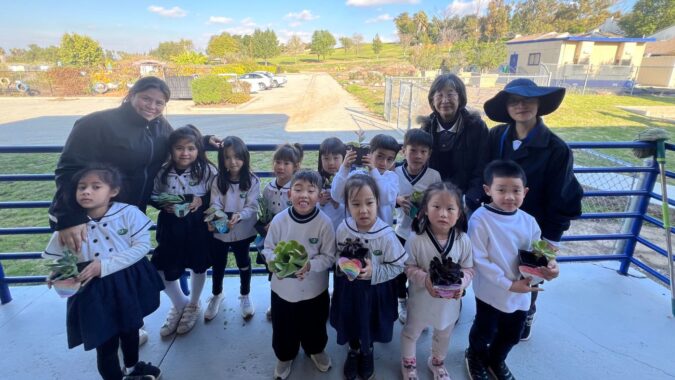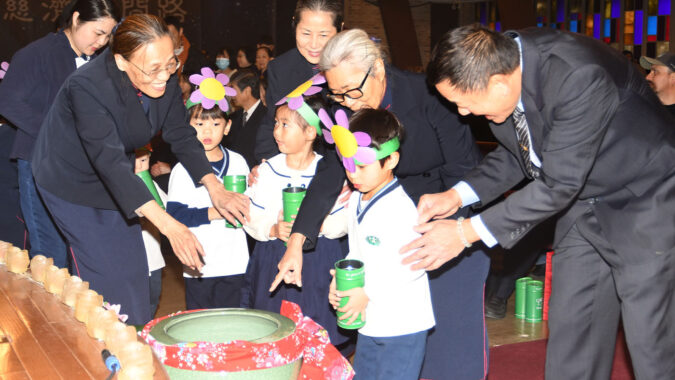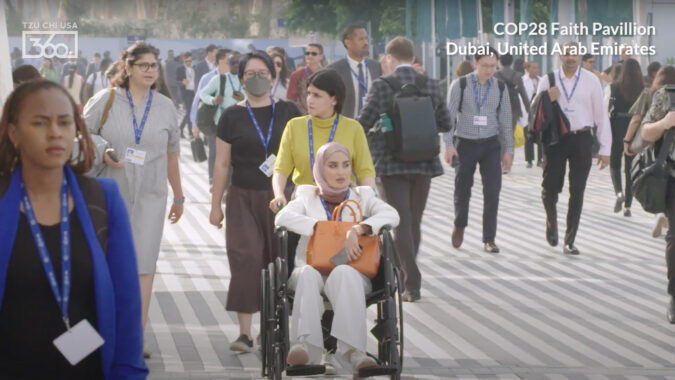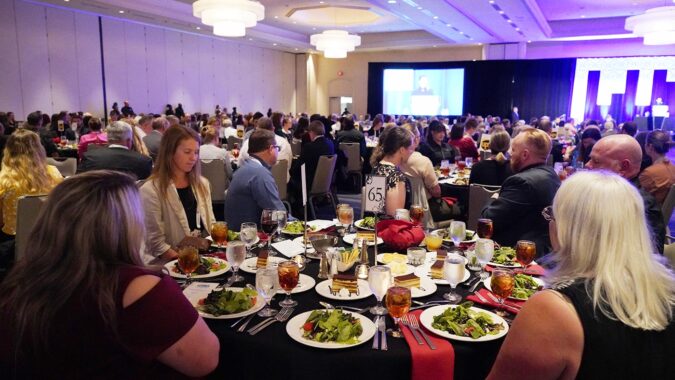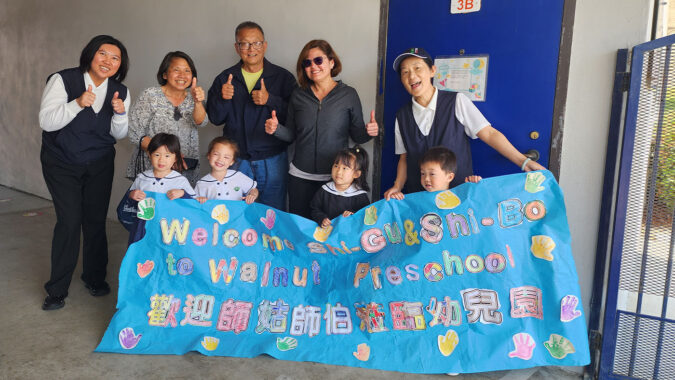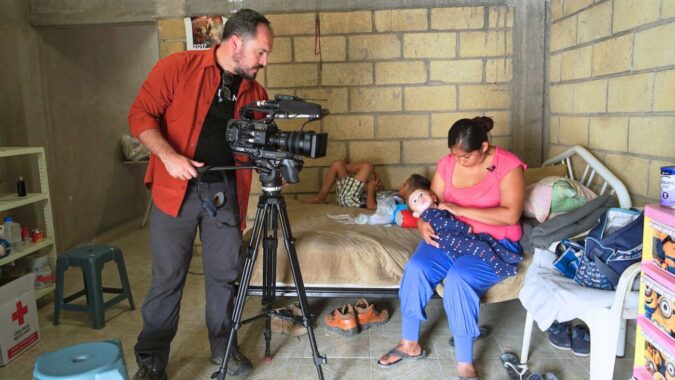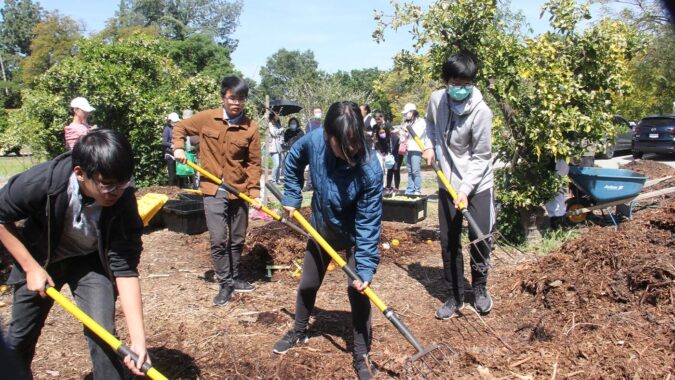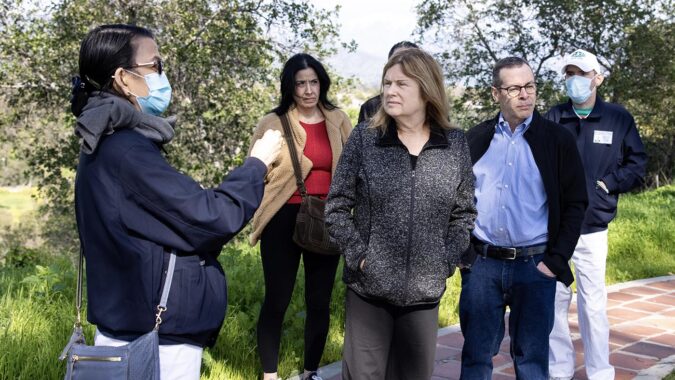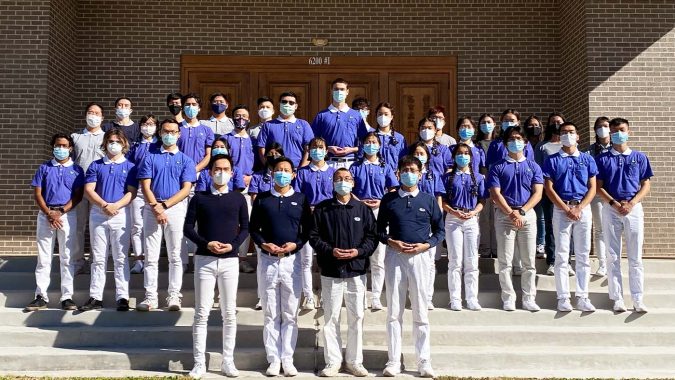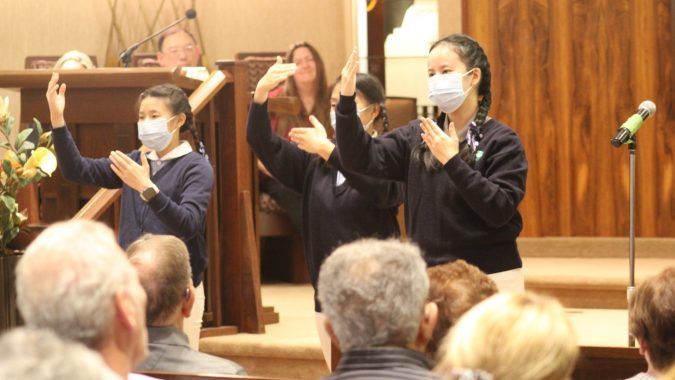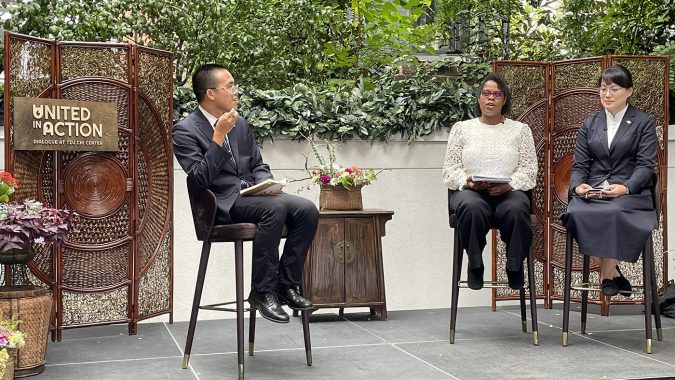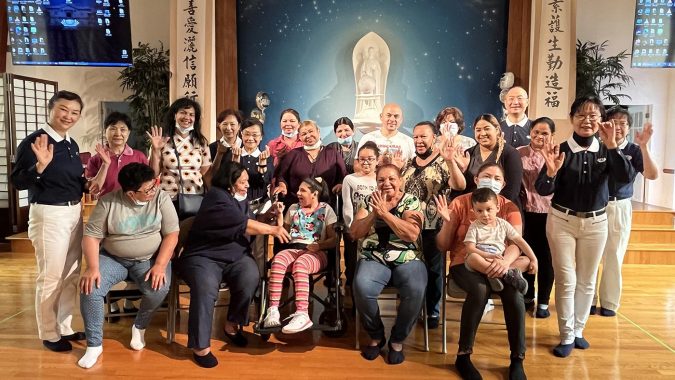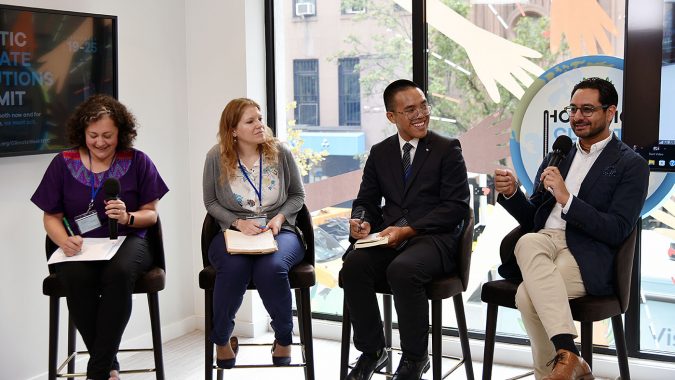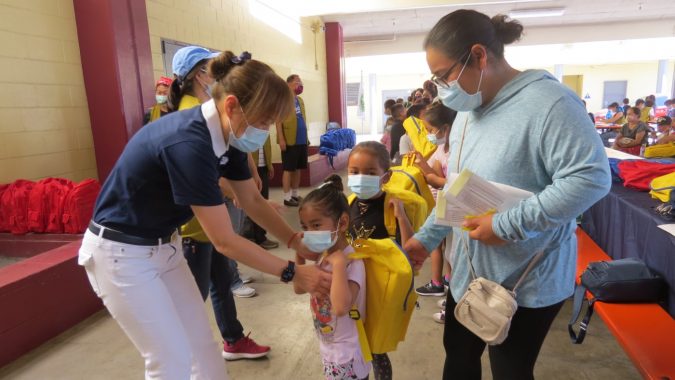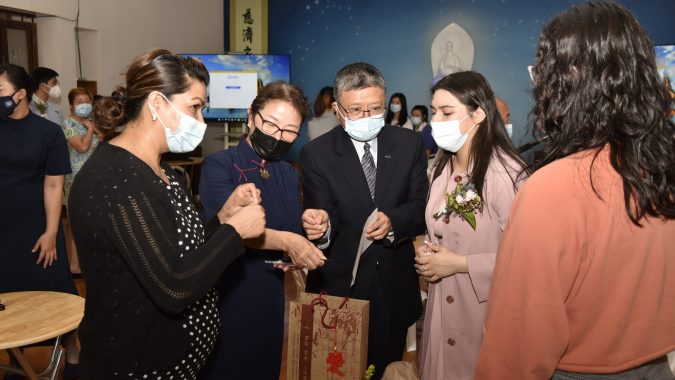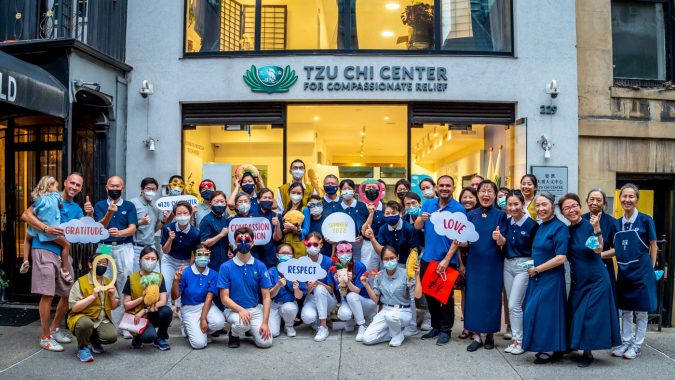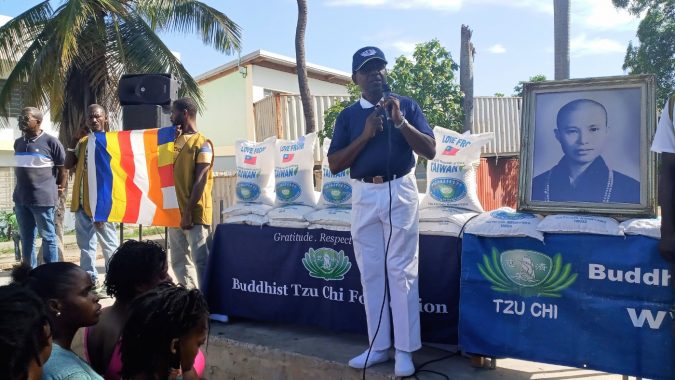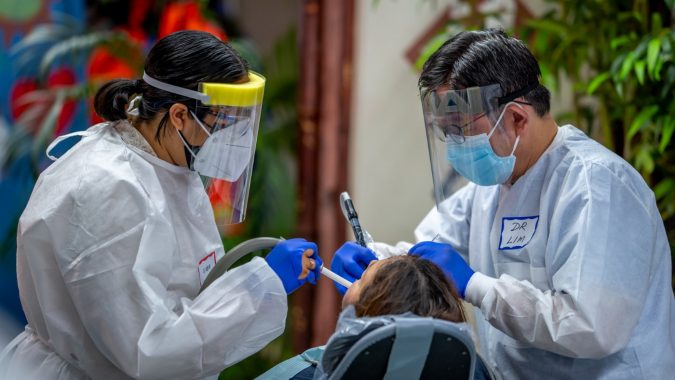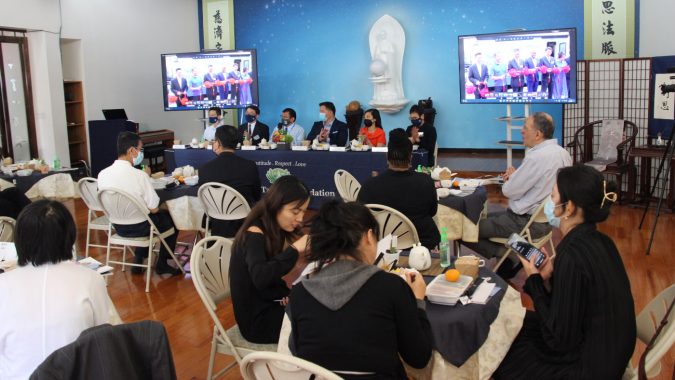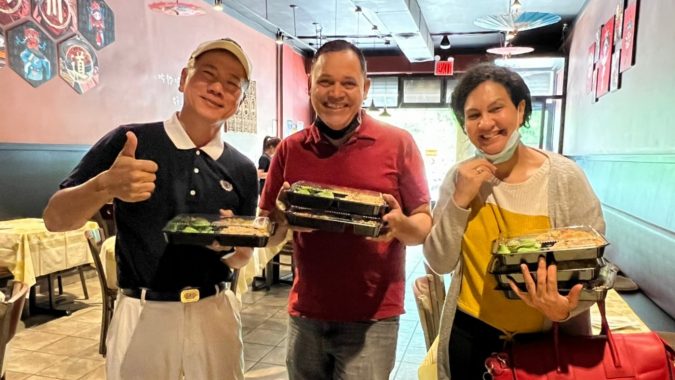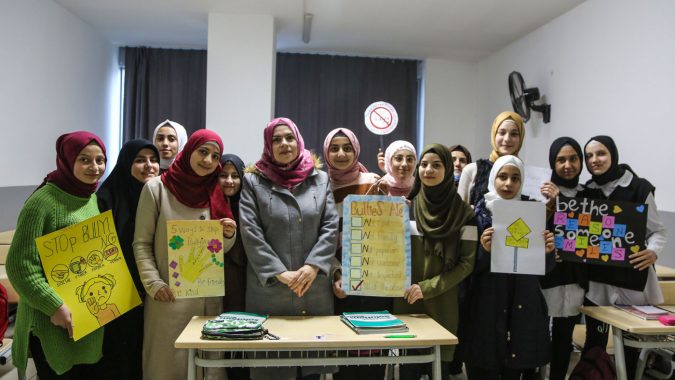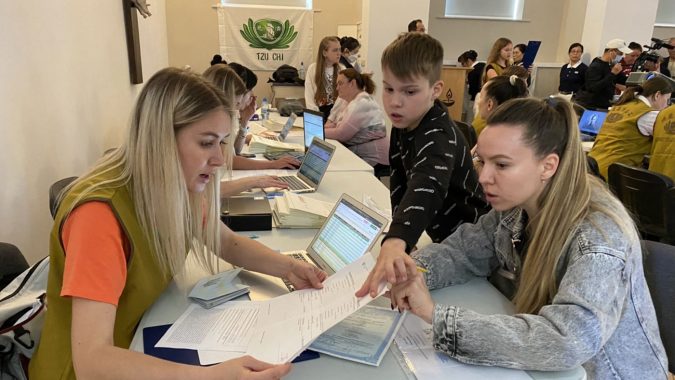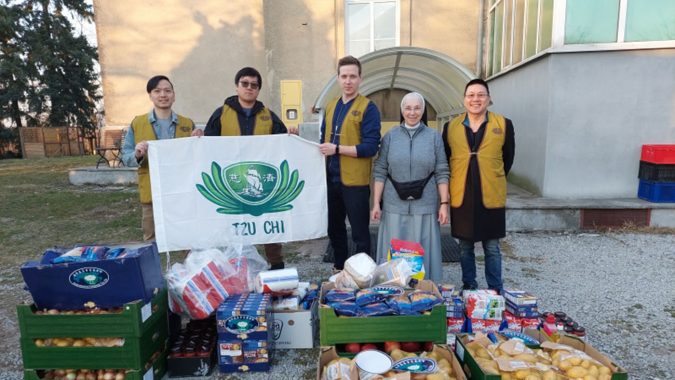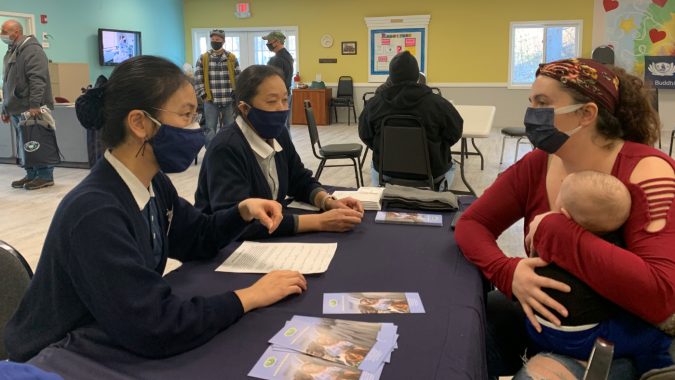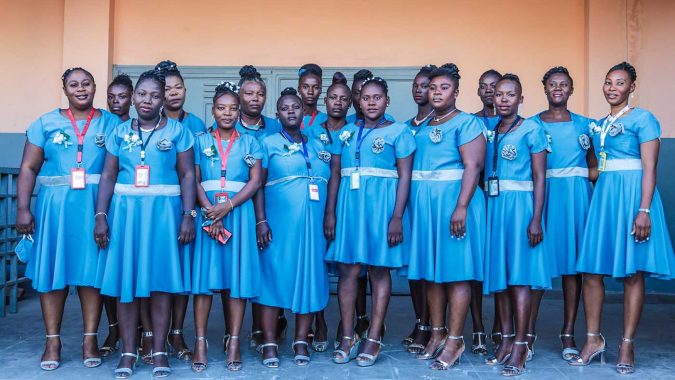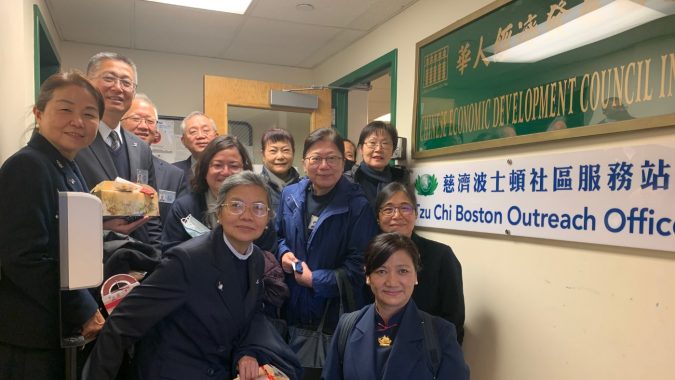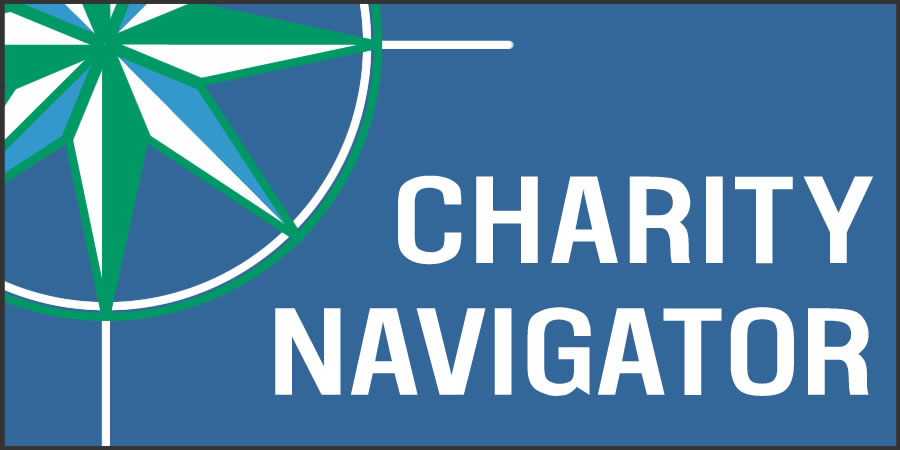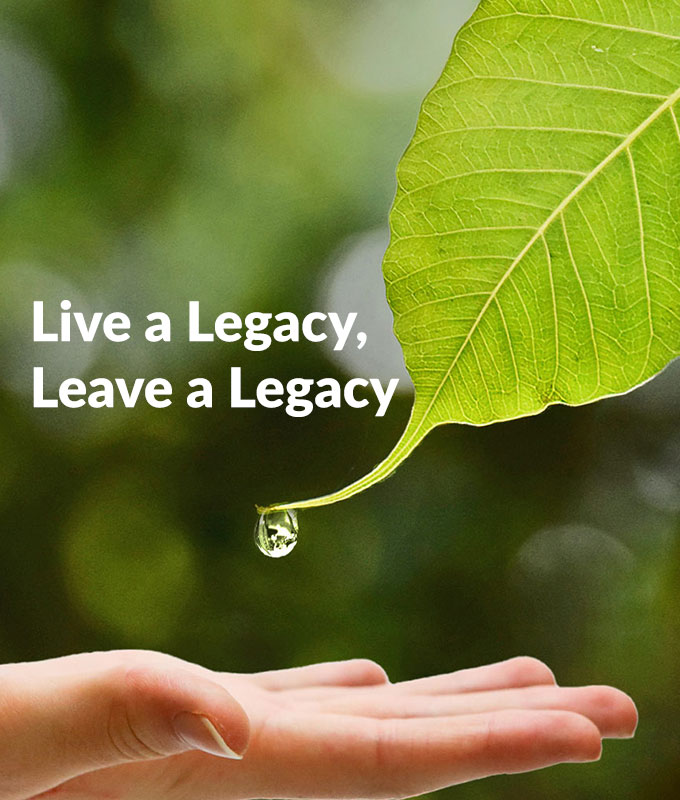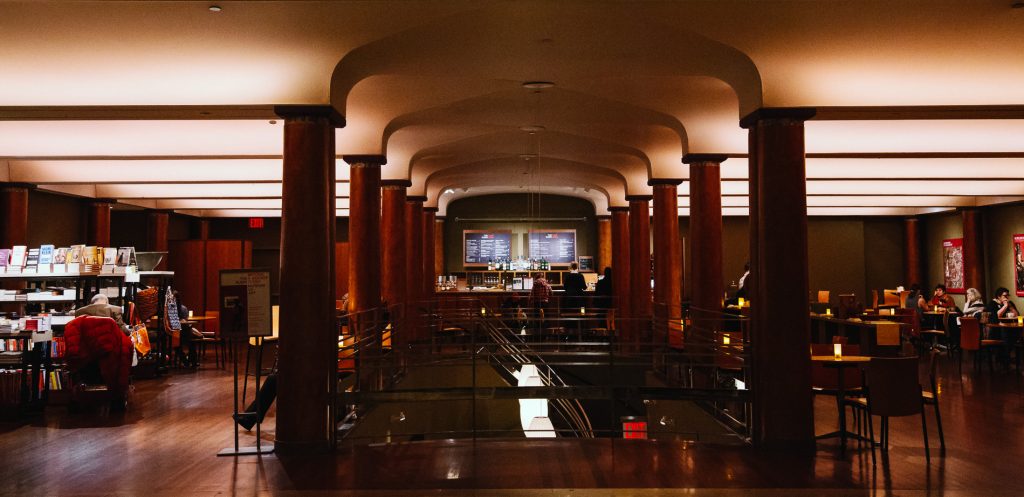
The Rubin Museum of Art in New York recently invited Tzu Chi to present its earthquake disaster relief work in Nepal, as part of the museum’s Himalayan Heritage Meetup program. The presentation – Compassionate Action in Nepal: The Legacy of Tzu Chi – took place on March 2nd, and was most inspiring to those who attended.
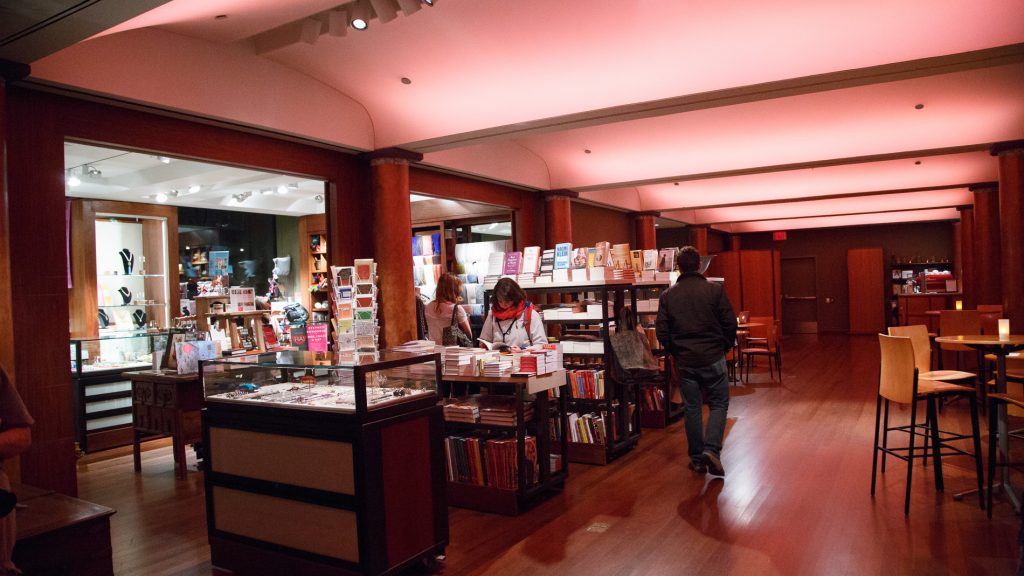
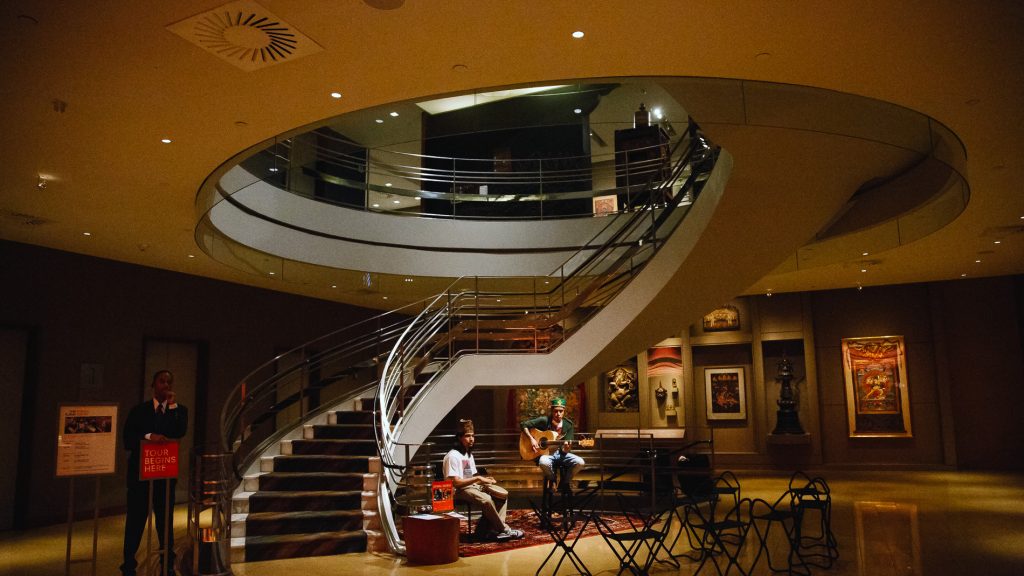

Guests of the event, members of Tzu Chi New York, and my colleagues from Tzu Chi USA’s Media Production Center assembled in the foyer of the museum, where a musical duo was performing Nepali songs. The ancient melodies were soothing and helped us forget the frenzy of Manhattan outside, while the words which spoke of love turned our minds there – quite appropriate given the presentations to come.
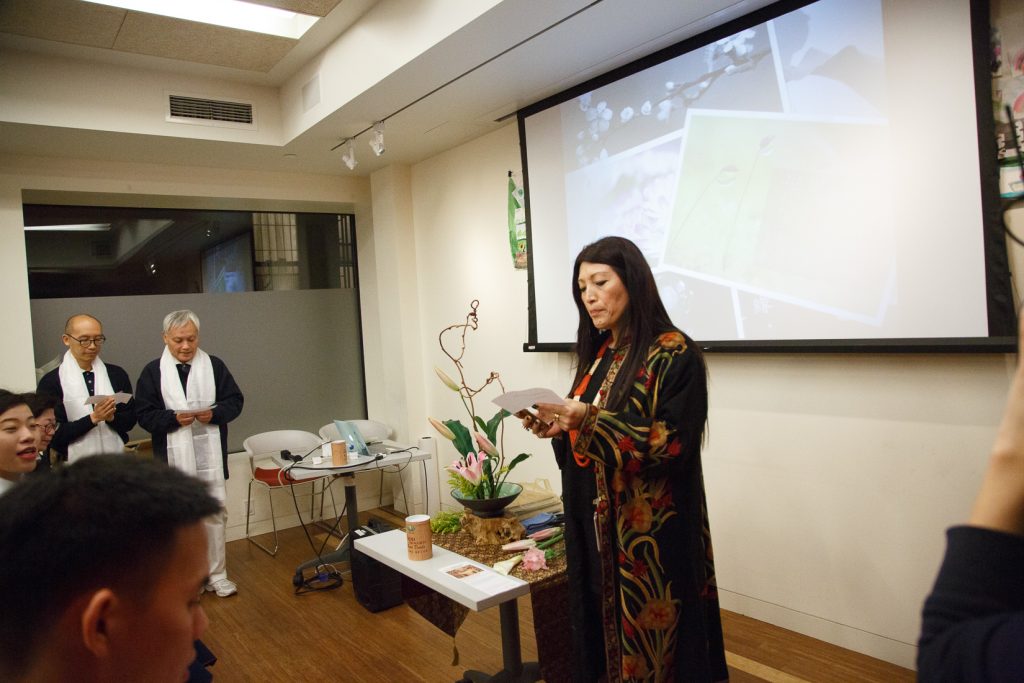
The Meetup began with an introduction by Tashi Chodron, a museum educator. Tashi used Buddhist works of art from the Tibetan plateau as a reference to point out ideas like enlightenment – which is what the Buddha or awakened one signifies. The urge for awakening is born of suffering and the desire to escape Samsara, the endless cycle of birth death and rebirth, and reach Nirvana, or liberation. To uphold Dharma – the “natural law” based on ethical conduct and compassion – is the way towards liberation.
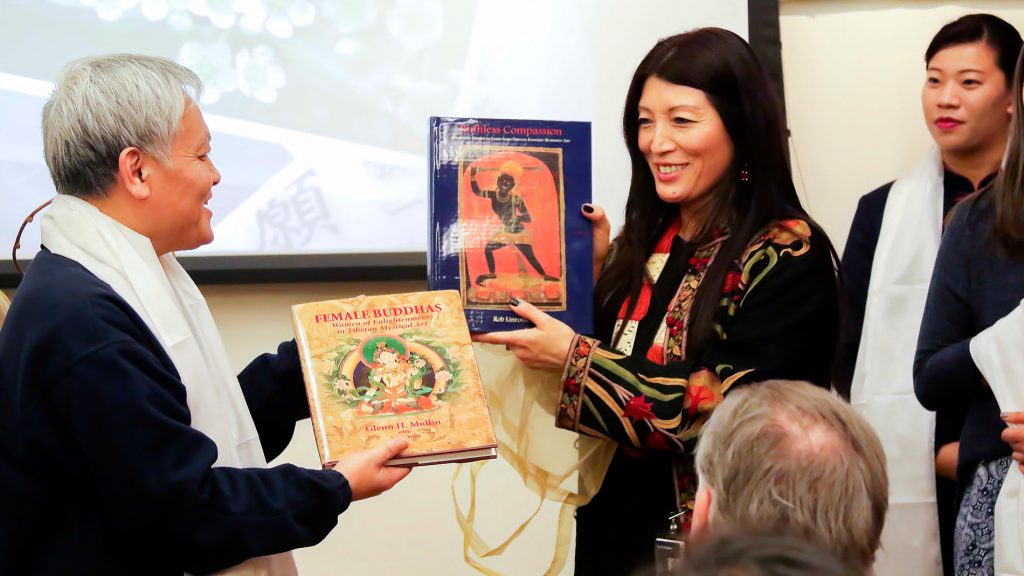
And then Tashi introduced the notion of a Bodhisattva – one who works for the enlightenment of all, not just themselves. Boddhisattvas vow to save all sentient beings from suffering, and not to enter Nirvana until everyone does so as well. In essence, Bodhisattvas exemplify the activity of providing compassionate relief – which is at the root of Tzu Chi’s philosophy, and imbedded in its Chinese name: Tzu meaning compassion, and Chi relief.
Someone asked a question about the significance of the hand positions of the sculpted and painted figures of Buddhas and Bodhisattvas. Tashi explained that these gestures – or mudras – are rich in symbolic meaning. With observation it was clear that they were chosen to speak in a visual language that aspires to be universal.
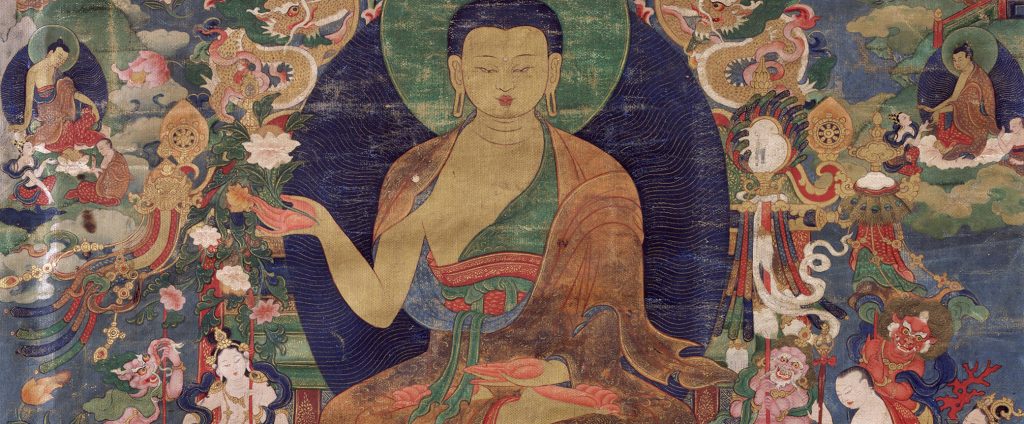
We then made our way to the Rubin’s education center where Tzu Chi volunteers were waiting to greet everyone with tea and tasty treats that had been prepared with loving care. Once everyone was seated, Peter Lin, a psychologist by profession and long time Tzu Chi member and volunteer, took charge and presented several videos about Tzu Chi’s humanitarian activities around the world, and specifically in Nepal, where Tzu Chi has been active since 1994, building 1,800 homes after floods hit in 1993.
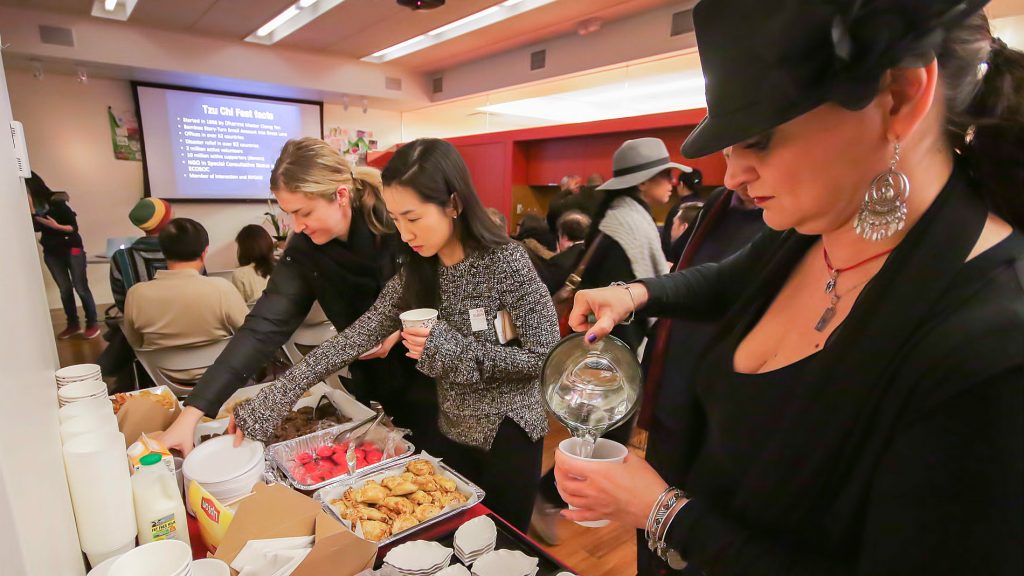
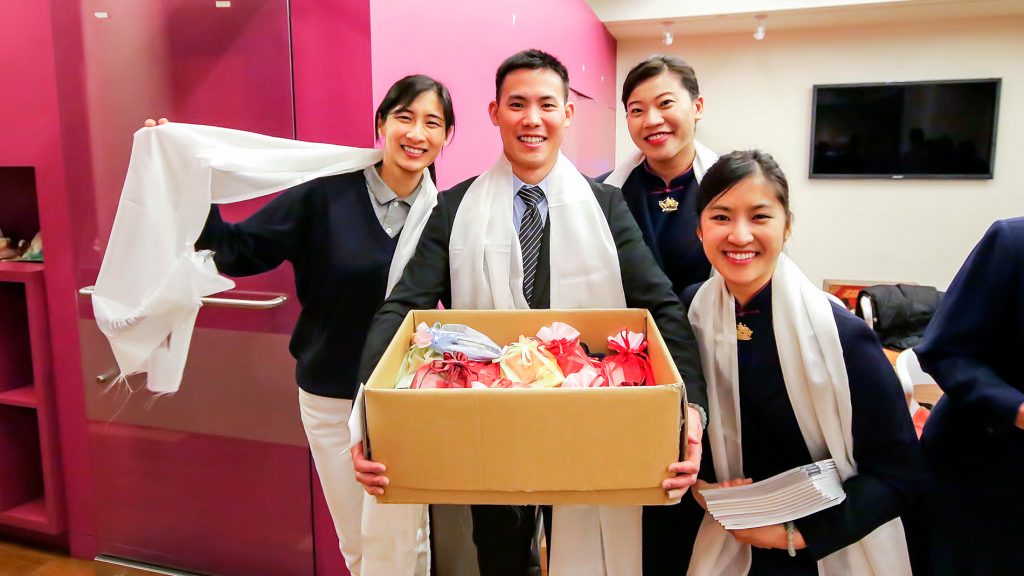
At the heart of the program, Peter outlined the extensive disaster relief that Tzu Chi put into force in Nepal after the magnitude 7.8 earthquake struck on April 25th 2015, its tragic toll and scale of devastation compounded by numerous aftershocks that followed and could persist for years. The first wave of Tzu Chi volunteers and supplies arrived just 3 days after the earthquake, and teams are still on the ground today. To date, 276 volunteers from 11 countries have offered their love and support in Nepal, with donations for Tzu Chi’s activities there coming from 36 countries.

As everyone learned about the scope of Tzu Chi’s disaster relief in Nepal, they also discovered the personal approach that’s central to its charity and aid work. On Tzu Chi USA’s website we have pointed out that Tzu Chi is there “with open hearts and helping hands”, and this becomes fully relevant in the context of their commitment to personally deliver aid. Hand to hand, with hugs to seal the love exchanged – that’s the practice. In fact, many in the audience were surprised to learn that volunteers pay their own way to deliver disaster relief – travel, hotels and meals included.
The generous and loving spirit of Tzu Chi can be a hard concept to convey in a Western materialistic framework, but as members of the audience warmed up, their innate goodness – or Buddha nature – prevailed and they recognized the wisdom and joy of practicing loving-kindness towards others, especially those in need.
The program culminated in a flower arrangement demonstration. As a Tzu Chi member versed in the tradition explained how “everything works together and each element accents the whole”, I was drawn to the grace of her languid hand gestures. My fascination was soon satisfied as a performance in sign language followed.

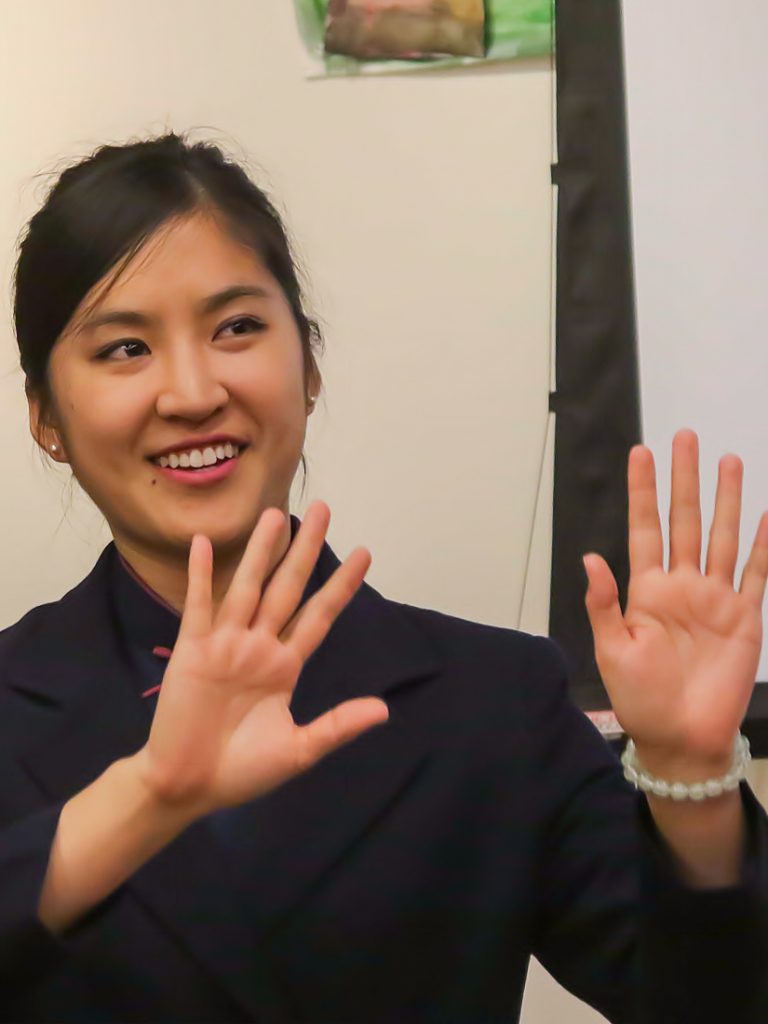
Three volunteers used a series of hand gestures, flowing one to the next while accompanied by music and subtitles on a screen behind them, to tell a universal human story: One of longing for fulfillment and joy while facing constant uncertainty and the inevitability of death. It was as if the mudras we saw in the Tibetan artifacts had come alive to deliver the timeless message of the Buddhas and Bodhisattvas … calling us to become vessels of peace, love and kindness in every moment of our lives.
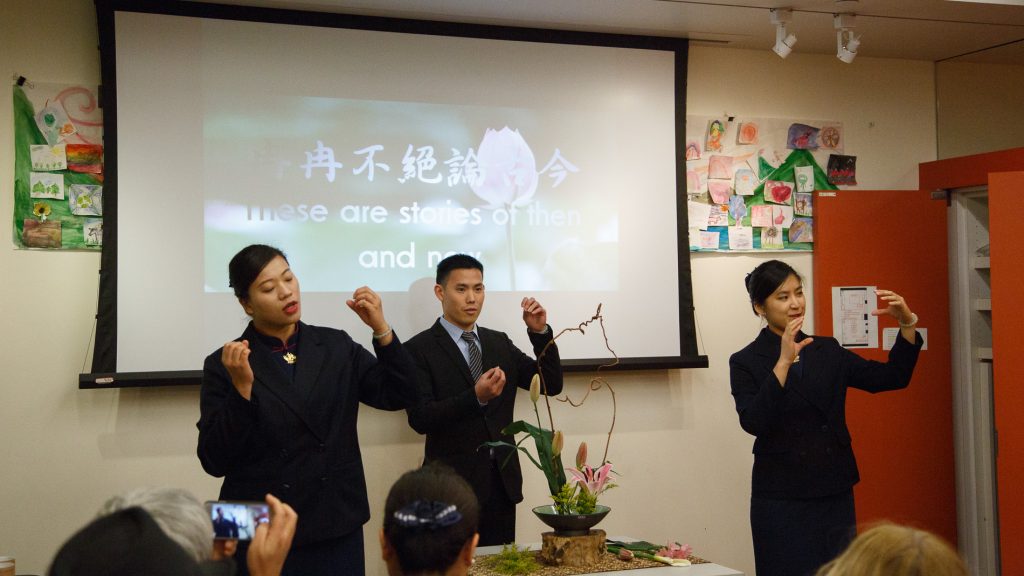
George Chang, the CEO of Tzu Chi New York pointed out that during Tzu Chi’s disaster relief work, such performances do more than relay a spiritual message: They convey respect for aid recipients, and help calm the nerves of people experiencing high levels of stress and anxiety.
A member of the audience also noticed that volunteers were often seen making one particular set of sign language gestures – holding a hand below their face as if pointing out their smile then offering it. What more universal sign of love and friendship is there, than a smile?
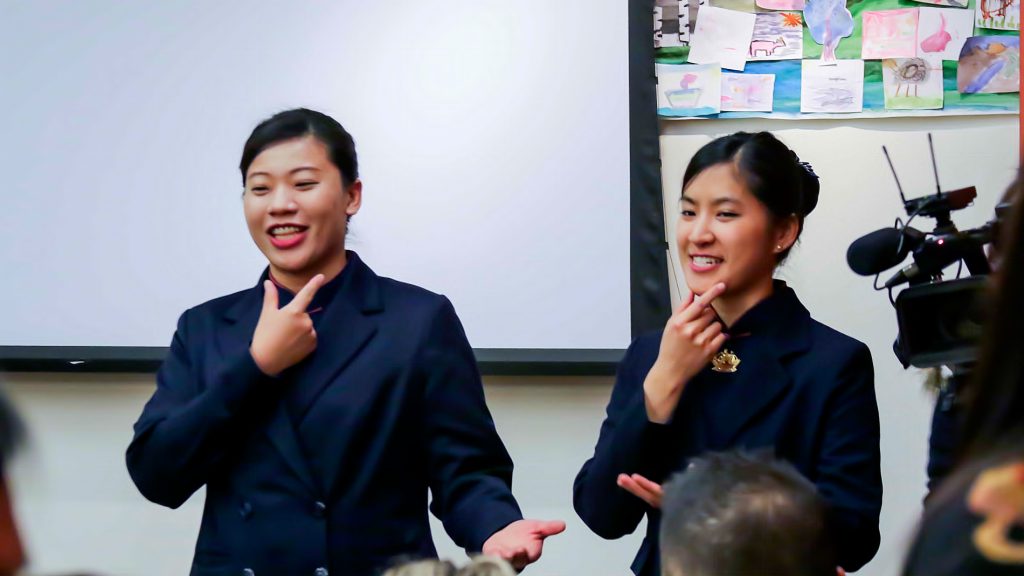
Leaving the Rubin Museum that night, my own personal practice of smiling, especially when catching the eye of a stranger, was invigorated. We’re all in this journey together – family, friends, and those we don’t know. As I rode the crowded subway home, I looked around, knowing that should tragedy strike, these would be my last companions.
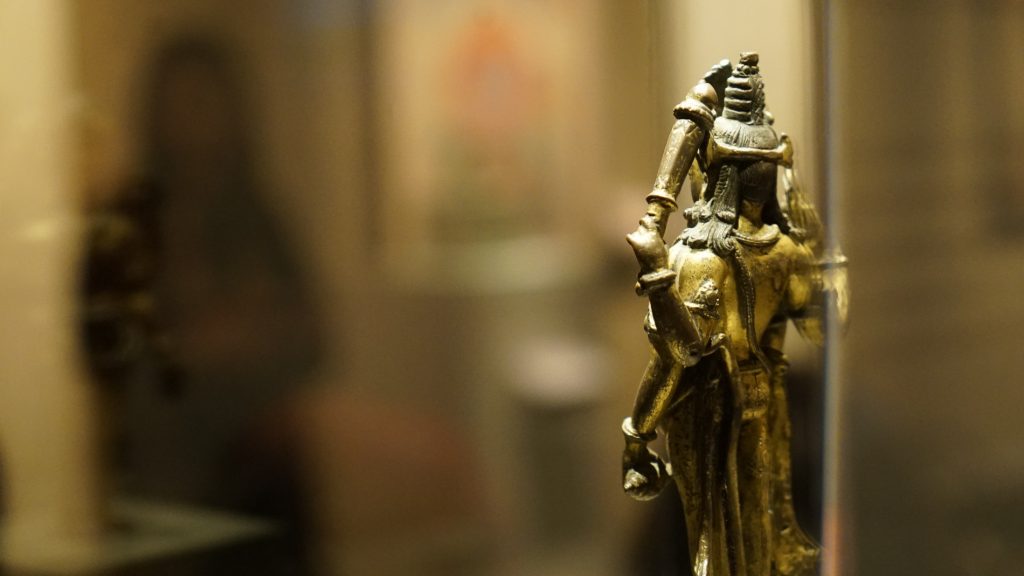
At first it’s hard to accept the bitter truth of impermanence and the loneliness at its root. But if we can draw a smile from the depth of our hearts in any situation, everyone will instinctively recognize its source and the love shared is precious. That’s the spirit Tzu Chi volunteers bring as they offer compassionate relief to those in need around the world.


